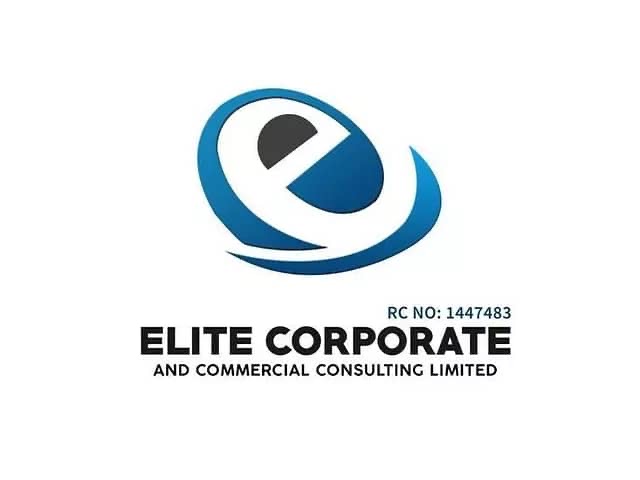
Africa, a continent of diverse cultures, languages, and healthcare needs, faces unique challenges in the realm of medical devices. The availability, accessibility, and affordability of these devices play a critical role in shaping healthcare delivery across the continent.
Challenges in Medical Device Availability and Accessibility
- Limited Infrastructure: Many African countries struggle with inadequate healthcare infrastructure, including limited hospitals, clinics, and trained personnel to operate and maintain medical devices.
- Financial Constraints: The cost of acquiring and maintaining medical devices is a significant barrier for many healthcare facilities in Africa. Budget constraints lead to limited access to essential diagnostic and treatment tools.
- Regulatory Frameworks: Varied and sometimes lacking regulatory frameworks across African countries complicate the approval, distribution, and monitoring of medical devices.
- Training and Maintenance: Limited training for healthcare workers on the use of medical devices, coupled with challenges in maintenance and repair, affects the longevity and effectiveness of these devices.
Opportunities for Growth and Innovation
- Increasing Healthcare Investment: Governments and international organizations are investing in healthcare infrastructure and services across Africa, creating opportunities for the adoption of medical devices.
- Local Manufacturing and Innovation: There’s growing interest in developing local manufacturing capabilities for medical devices in Africa. This could reduce costs, improve accessibility, and tailor devices to local needs.
- Telemedicine and Digital Health: Integration of digital health technologies with medical devices is enhancing healthcare delivery in Africa, especially in remote areas with limited access to specialists.
Progress and Initiatives
- Partnerships and Collaborations: International partnerships are helping to improve access to medical devices in Africa. Organizations like the World Health Organization (WHO) are working to strengthen regulatory frameworks and promote the use of appropriate technologies.
- Innovative Solutions for Low-Resource Settings: Development of low-cost, rugged medical devices suited for low-resource settings is underway. Examples include portable ultrasound machines and solar-powered medical equipment.
- Training and Capacity Building: Initiatives to train healthcare workers in the use and maintenance of medical devices are critical for improving healthcare outcomes in Africa.
Looking Forward
The landscape of medical devices in Africa is evolving. Addressing challenges through innovation, partnerships, and investment in healthcare infrastructure will be key to improving access to essential medical technologies across the continent. As Africa’s healthcare needs continue to grow and change, so too will the opportunities for medical devices to play a vital role in delivering quality care.
